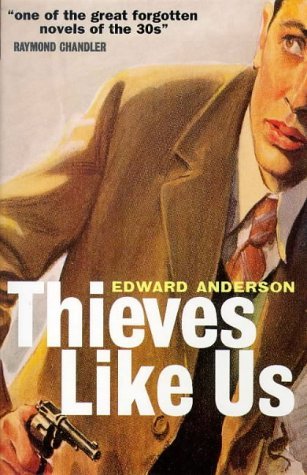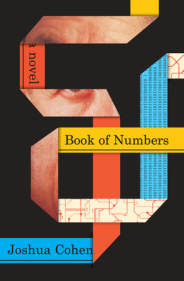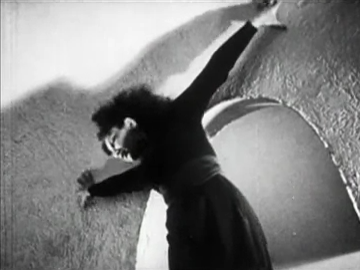
Title: Profiles in Ignorance
Rating: 3 Stars
For those of you not up on your Supreme Court trivia, the blog title is a paraphrase of an infamous Supreme Court opinion. In the case of Buck v Bell, the Supreme Court decreed that state laws mandating compulsory sterilization (ie eugenics) were, constitutionally speaking, fine and dandy. The opinion was written by one of the most famous and respected jurists, Oliver Wendell Holmes Jr. Holmes concluded his opinion with the words “Three generations of imbeciles are enough”. Yeah, the Supreme Court, during most of its history, usually wasn’t all that concerned with individual rights.
The first Presidential election that I was eligible to vote in was 1984. Alas, the thesis of Borowitz’ book is that this pretty much exactly aligns with the descent of political intelligence. Although the Democratic party certainly has had its share of dim light bulbs, what’s amazing about the Republican party is that its ignorant politicians have been front and center as leaders of their party.
Borowitz charts this decline in three phases. The first phase is ridicule. This phase is identified with Ronald Reagan and Dan Quayle. Both of these men were not very smart (Quayle is still alive, but I’m guessing that he is still not very smart).
This is long enough ago that maybe people don’t realize how true this was. Reagan, having had a long career as an actor, was excellent at repeating memorized lines and projecting the correct image of a leader. However, get past the memorized lines and it was tough going.
He would repeatedly recite the same lies in his speeches. The reporters would catch him, he would shrug and chuckle, and then repeat the same lie the next day. The reporters eventually got tired of correcting him, giving him free reign to spew unchallenged nonsense into the political sphere. Even before his Alzheimer’s, he was an inattentive reader seemingly incapable of ingesting new information.
A hallmark of this phase is that his handlers at least recognized that a President should not come across as a dim bulb. They went to significant efforts to bolster his image as a thinking man.
A similar issue existed with Dan Quayle. After an embarrassing coming out party when he was introduced as George H.W. Bush’s Vice Presidential candidate, his handlers went to work on him to make him appear smarter than he was. Unfortunately Quayle did not have Reagan’s long experience as an actor to fall back on, so these efforts pretty much came to naught. As a result, his political career went into a spiral from which it never recovered.
This brings us to the second phase of political ignorance. This phase is acceptance. The star of this phase was George W Bush. Once again, we have a President that really didn’t like long meetings or long papers to read. Borowitz goes into great detail of the things that Bush did not know, but the fact that the guy that ordered the Gulf War did not realize that there were two sects of Islam seems most amazing.
He thought of himself as the decider and apparently he didn’t think that a decider really needed to really know that much to be able to decide. In fact, he had a habit of ridiculing political or scientific wonks that tried to advise him. After all, in his mind, if they were really all that smart, they would have become President instead of him.
What differentiates this phase is that Bush really didn’t see the need to hide his lack of intelligence. He bragged that he was a C student. He wore his lack of knowledge and intelligence as some kind of token of being a man of the people.
The other star of this phase is proof that ignorance is not an attribute solely reserved for men. I’m talking, of course, about Sarah Palin. She’s another person that was not ready to be President and was probably never going to be ready. Experts would try to brief her and she would take copious notes but nothing really seemed to stick. In interviews, her ignorance would be effortlessly exposed.
It’s interesting that, during this phase, the interviewers that exposed the ignorance usually ended up being the target of abuse. This was the era of ‘gotcha’ questions. The fact that somehow exposing the ignorance was worse than the actual ignorance was a feature of that phase and continues to be in the world that we live in now.
The final phase of ignorance is celebration. It goes without saying that the star of this phase is Donald Trump. With his misspelled tweets, his ignorance of history, and his disinterest in anything that didn’t have to do with himself, he truly is in a class by himself in ignorance.
The thing is, if you’re a Trump supporter, you truly don’t care. Every time that he suggested injecting bleach as a treatment for COVID or some other utterly insane statement, the rational part of me would think, this is it. This is the statement that will expose that the President has no clothes of intelligence.
But no. Instead, for tens of millions of Americans, these statements in the face of knowledge is somehow emboldening. Somehow verifiable facts have become elitist.
Other Republicans, seeing this, have been forced to adjust their own personas. Now we have Ivy Leaguers like Ted Cruz, Ron DeSantis, and Josh Hawley hiding their elite credentials to say stupid stuff that they think will appeal to the Republican base that they sorely want to pry from Trump’s clutches.
Right now, there’s not a lot of hope on the Republican side. There are Republican candidates running that don’t fill me with horror, but it still looks like the very horrifying Donald Trump and the just about as horrifying Ron DeSantis will be the party bearer.
I did take a star demerit for Borowitz’ snark. In this book, he’s clearly not even trying to reach anyone other than his Democratic audience. He goes out of his way to make politicians seem dumber than they are. He didn’t have to do that. They do a pretty good job of doing that themselves.
One of his favorite tricks is to quote, at length, the word salad of one of the politicians in response to a reporters’ question or while on the campaign stump. When reading the statement in print, they do sound inane, but here’s the thing. Words that seem dumb on paper actually do convey meaning when spoken. It goes to the awesome ability of the brain to parse and understand speech. This level of snark goes to the heart of why many people really hate the sophisticated elite and it struck me as being unfair.
I can only hope that, if the Republicans are defeated in 2024, that they’ll finally take the lesson to heart. However, the ability of ignorance to learn, adjust, and adapt seems to be quite limiting, so I’m not exactly filled with optimism.








